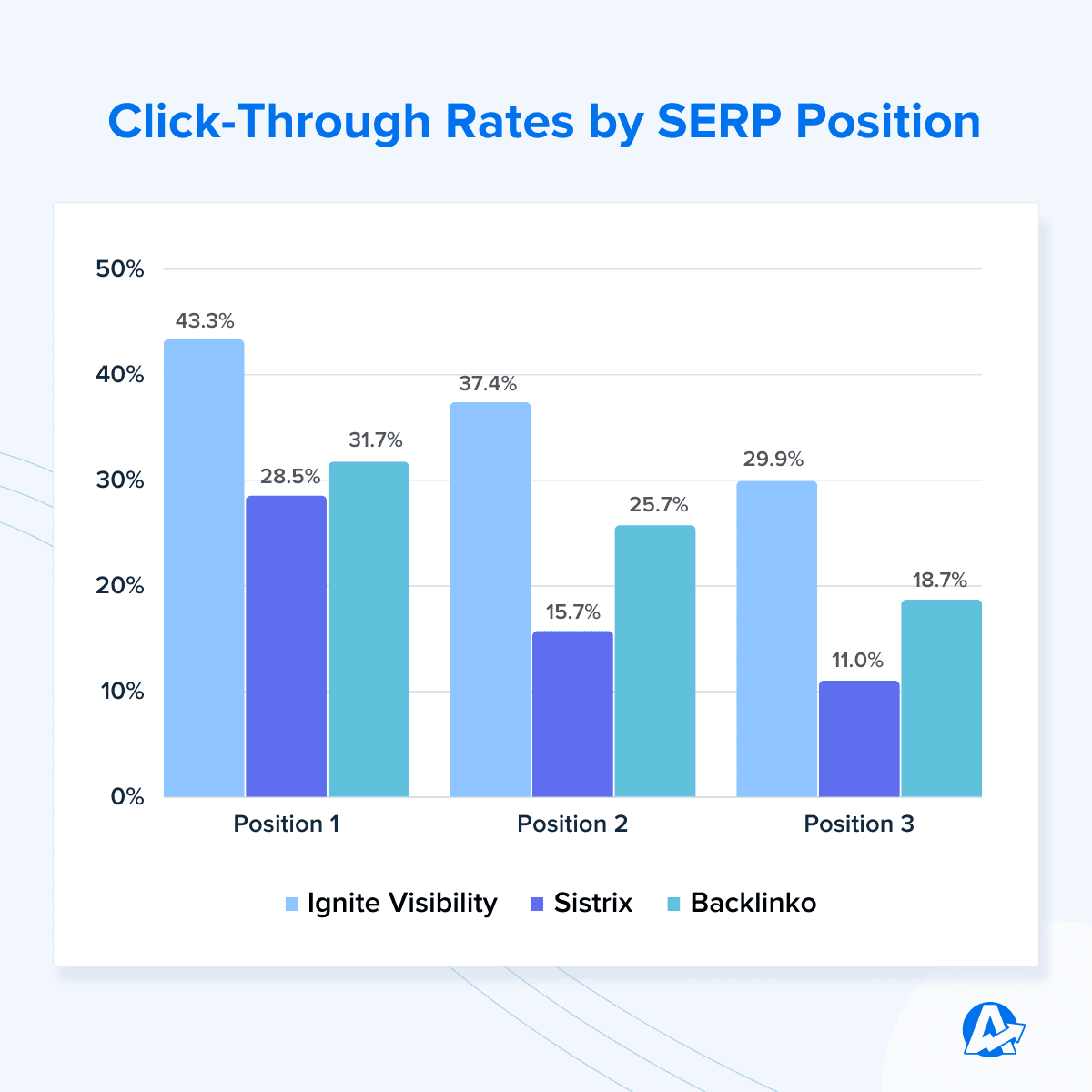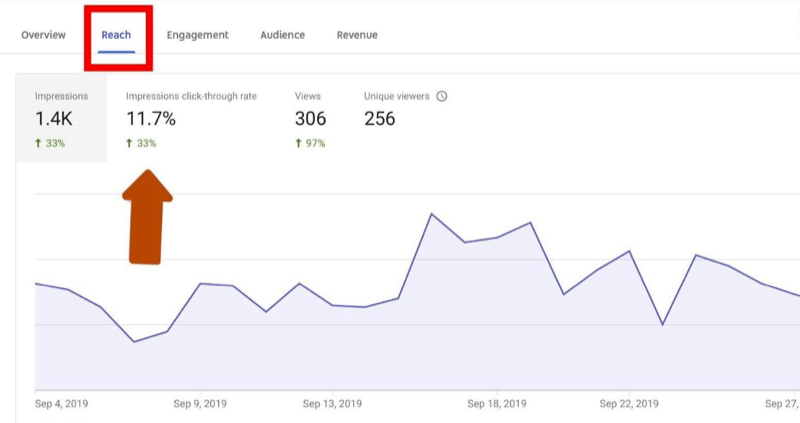Click-Through Rate Manipulation: Discovering Moral Boundaries
Click-Through Rate Manipulation: Discovering Moral Boundaries
Blog Article
Expert Overview: Enhancing Click-Through Rates for Optimum Results
In the world of digital advertising and marketing, the quest to optimize click-through prices works as a keystone for online success. Clicks are the money of the electronic landscape, and mastering the art of tempting users to engage additional is a skill that can raise a brand name's visibility and effect. As we browse through the ins and outs of boosting click-through prices for maximum outcomes, the techniques and strategies utilized can make an essential distinction in the performance and efficiency of on-line campaigns. The path to accomplishing this objective entails a nuanced approach that looks into aspects such as compelling meta descriptions, fascinating call-to-actions, and advanced A/B screening techniques. The true secret to opening the full potential of click-through rates lies in the calculated combination of these elements to develop an engaging individual experience that reverberates with target markets.
Comprehending Click-Through Fees

To determine CTR, simply split the variety of clicks by the variety of impacts and multiply by 100 to get a portion. A high CTR suggests that the web content or advertisement is resonating well with the audience, causing raised traffic and potential conversions (What is CTR Manipulation). On the other hand, a low CTR may signal the requirement for changes in targeting, messaging, or positioning to boost project effectiveness
Crafting Compelling Meta Summaries
Analyzing click-through rates allows online marketers to enhance electronic advertising methods and raising customer involvement, making crafting engaging meta descriptions a vital following action in improving the effectiveness of campaigns. Meta descriptions serve as a brief summary of a page's web content and are presented listed below the title in internet search engine outcomes. When done successfully, meta descriptions can entice users to click via to the website, hence improving click-through rates.
To craft compelling meta summaries, it is crucial to maintain them concise, engaging, and pertinent to the web content on the page. Including pertinent keywords can additionally enhance visibility and bring in the target market. Additionally, including a call-to-action within the meta description can trigger individuals to take the wanted action, such as clicking on the web link for more information or purchase.
Regularly updating and assessing meta descriptions based upon efficiency metrics and customer feedback is crucial for keeping relevance and performance. By investing effort and time into crafting engaging meta summaries, online marketers can increase click-through rates and drive even more traffic to their internet sites, eventually bring about improved project results.
Designing Eye-Catching Call-to-Actions
Crafting compelling call-to-actions plays a pivotal role in driving individual interaction and boosting conversion prices in electronic advertising and marketing projects. The layout of call-to-actions (CTAs) is crucial as they serve as the gateway for users to take the desired action on an internet site or advertisement.

Carrying Out A/B Testing Techniques
To construct upon the foundation of creating attractive call-to-actions, the next action entails implementing A/B testing methods to fine-tune the performance and maximize of these crucial aspects in digital advertising projects. A/B screening, additionally referred to as split screening, allows marketing professionals to contrast 2 variations of a call-to-action to establish which one executes far better. This approach entails developing 2 variants (A and B) of the very same aspect, such as a switch message, positioning, or shade, and revealing them to different segments of the this page audience. By analyzing the click-through prices and various other metrics, online marketers can gather valuable understandings right into what reverberates finest with their target audience.

Leveraging Abundant Fragments and Schema Markup
Utilizing rich snippets and schema markup can significantly enhance a website's presence and click-through prices in online search engine results pages. Rich snippets supply individuals with even more information about a page straight on the search engine results page, such as celebrity scores, product costs, or event information. By including organized why not look here information through schema markup, web sites can interact much better with online search engine, causing more helpful and visually appealing search results page.
Implementing schema markup permits internet search engine to comprehend the content on a webpage better, leading to enhanced search listings that attract attention from the competitors. Rich bits, powered by schema markup, not only attract customers' interest but additionally supply them with a preview of the internet site's material prior to they click with.
In addition, rich fragments can increase the reputation and credibility of an internet site, resulting in greater click-through prices as users are a lot more likely to click on results that go to this web-site show up reliable and well-structured. By leveraging rich bits and schema markup properly, sites can enhance their search engine presence and drive more website traffic to their web pages.
Conclusion
Finally, enhancing click-through prices calls for a strategic method that consists of crafting engaging meta summaries, designing appealing call-to-actions, carrying out A/B screening approaches, and leveraging abundant snippets and schema markup. By focusing on these crucial components, businesses can maximize their results and drive more traffic to their sites.
The true secret to unlocking the full potential of click-through rates lies in the strategic fusion of these elements to produce a compelling user experience that reverberates with target markets.
Recognizing Click-Through Fees is crucial for maximizing electronic advertising and marketing approaches and raising customer interaction. Click-Through Price (CTR) is a vital metric that gauges the percent of individuals who click on a certain link, advertisement, or call-to-action out of the total number of impacts.Assessing click-through prices enables marketers to maximize electronic advertising techniques and increasing customer interaction, making crafting compelling meta summaries a critical following step in boosting the efficiency of campaigns. When done effectively, meta summaries can entice customers to click through to the web site, thus enhancing click-through rates.
Report this page